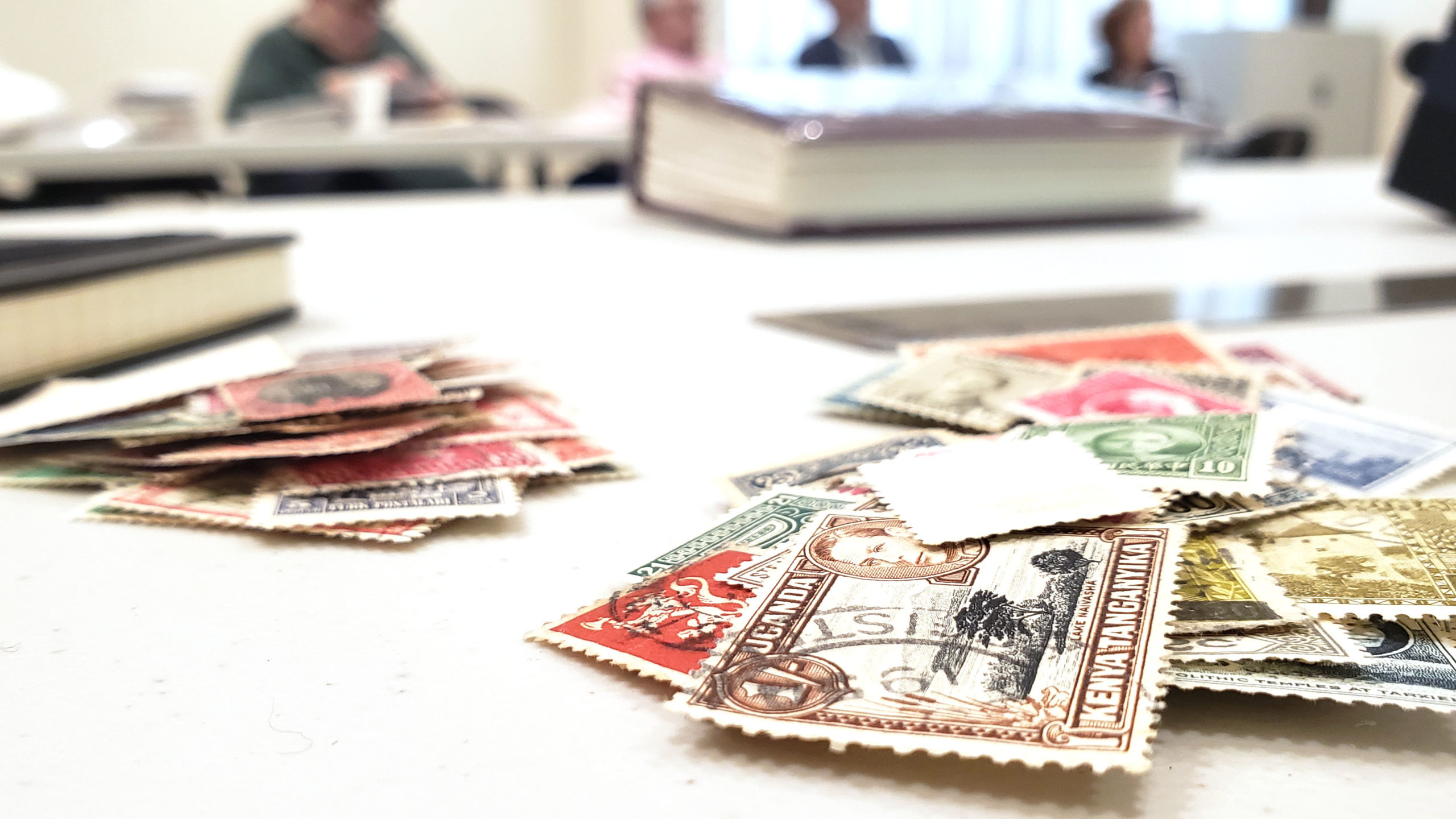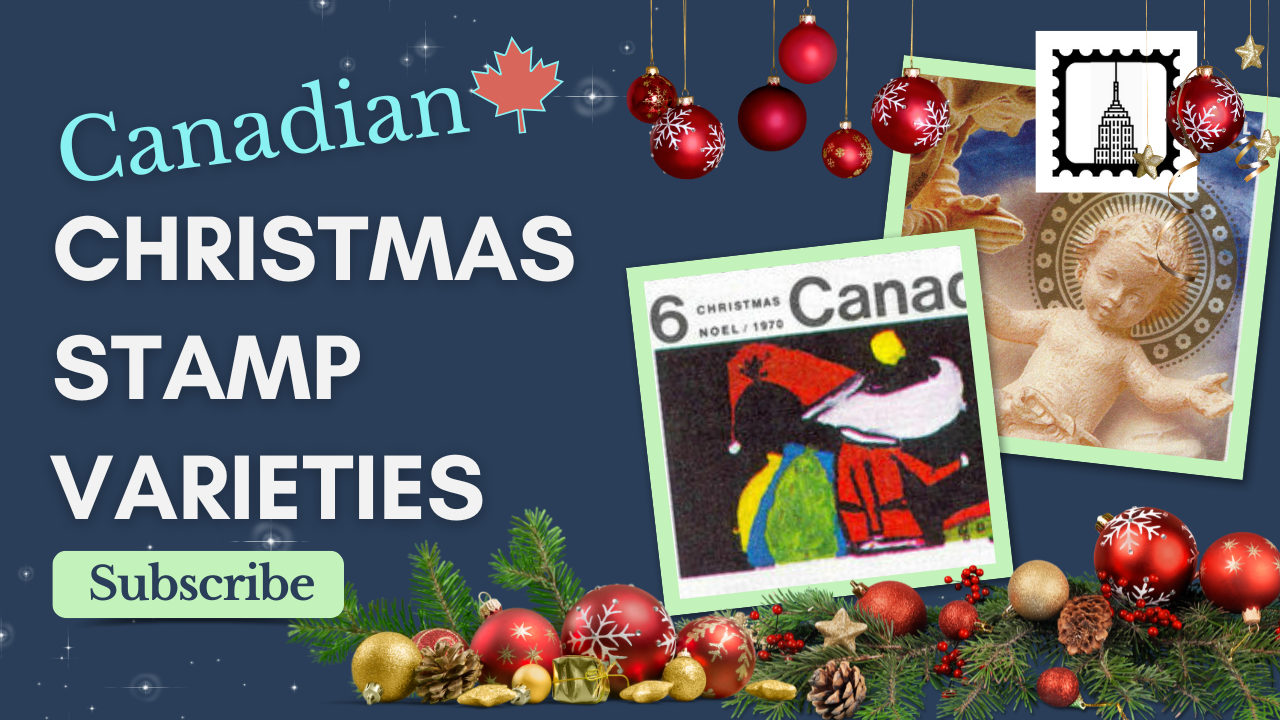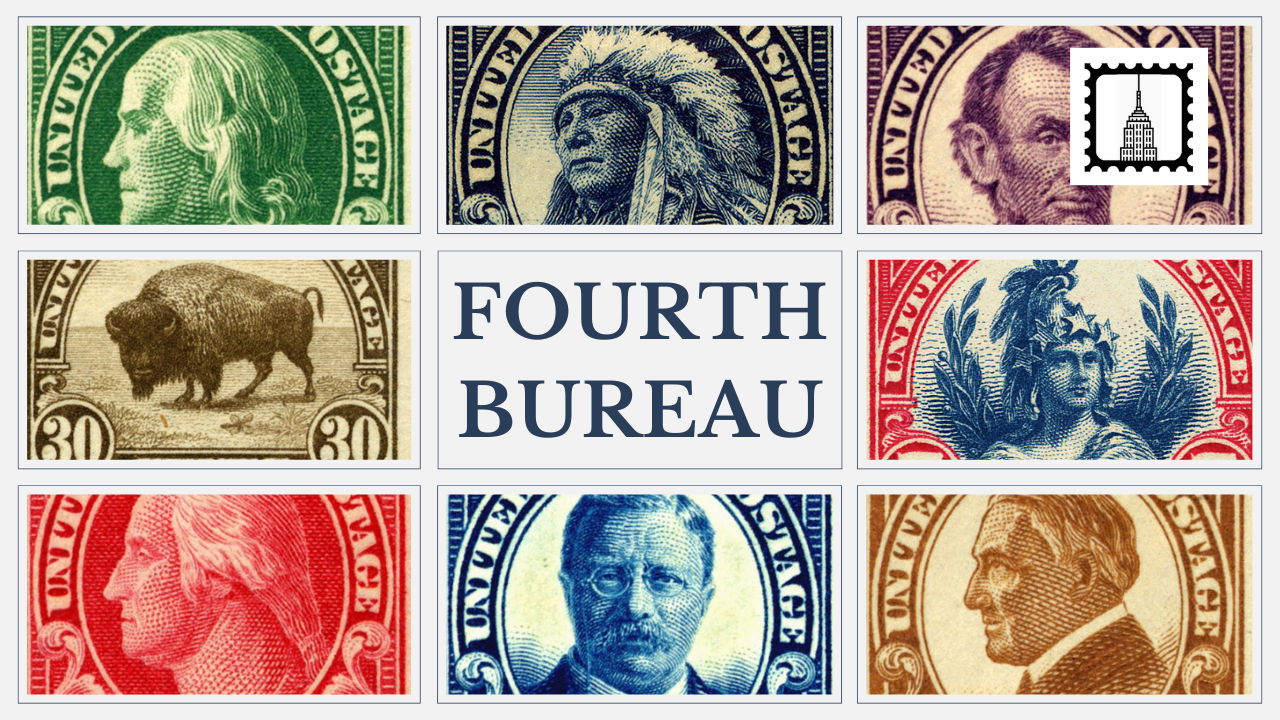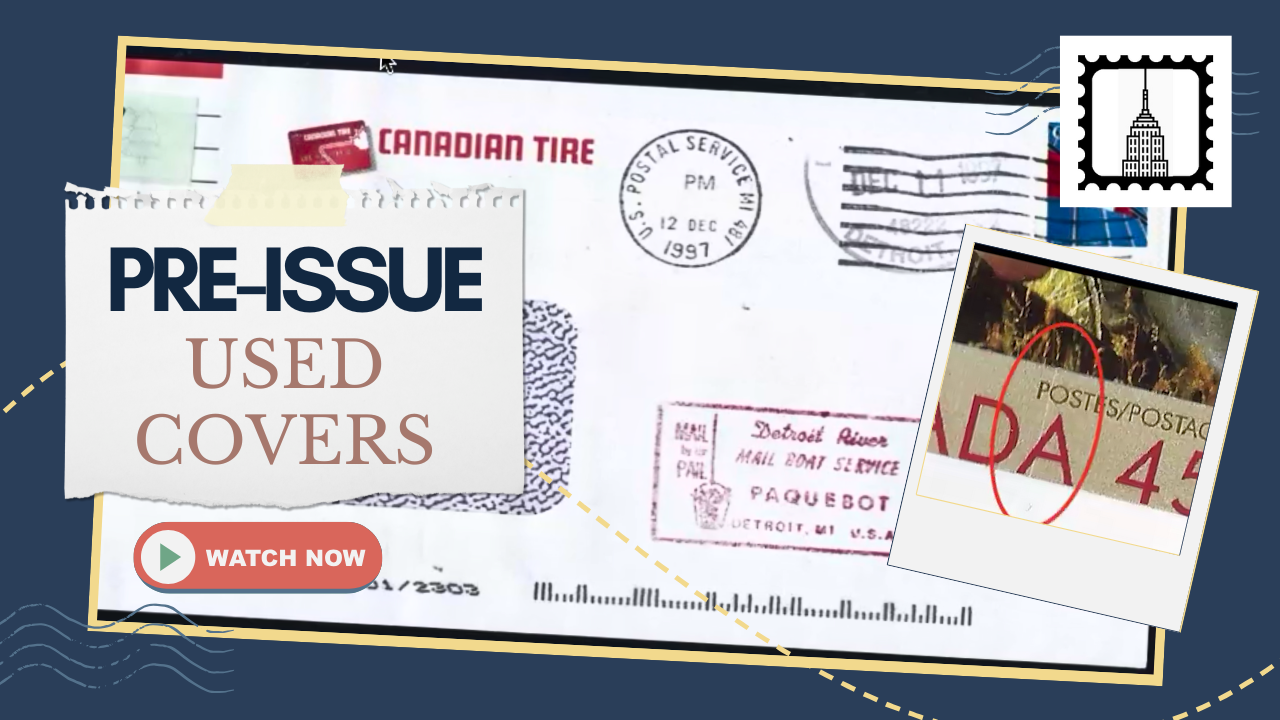The world of stamp collecting offers endless opportunities to discover rare varieties and historical nuances. In a recent presentation by Arnie Janson, we took a closer look at some fascinating varieties of Queen Victoria stamps, from the iconic Three Penny Beaver to the intricate Large and Small Queen series. With a focus on specific varieties, printing anomalies, and historical context, this presentation revealed the rich stories hidden within Canada’s early postal history.
Mis-Sent Mail: A Glimpse into Postal Errors
One of the first items presented was a mis-sent letter from Barrie, Ontario. In May 1842, the letter was mistakenly sent to London, Upper Canada, instead of its intended destination in London, England. After being redirected and canceled multiple times, the letter finally arrived in the UK more than a month later. This piece of postal history is a charming reminder of how easily errors could occur in the days when postal systems were far from automated.
Turned Folded Letters: A Unique Postal Phenomenon
Janson introduced the audience to the concept of a “turned folded letter,” a term not widely known outside of specialist circles. This type of letter involved reusing a single sheet of paper for two correspondences. In the example shown, a letter originally sent to Alexander Frazier in 1849 was turned around, and Frazier added his own message before forwarding it to another recipient. These “turned” letters are valuable not only for their postal markings but also for their historical content, often involving personal disputes, loans, or legal matters.
The Three Penny Beaver: A Closer Look at Major Reentries
The Three Penny Beaver, Canada’s first postage stamp, remains a favorite among collectors. Janson highlighted some important reentries on this iconic stamp, specifically from positions 47 and 61 on the printing plate. Reentries occur when a printing plate is misaligned, causing elements of the design, such as the letters or frame lines, to be doubled. In the case of the Three Penny Beaver, these errors create distinct varieties that add both rarity and value to the stamp.
Large Queen Varieties: Cracked Plates and More
The Large Queen series of stamps, first issued in 1868, is known for its beautiful designs and rich array of varieties. One of the standout features discussed was the presence of cracked plates—visible breaks or flaws in the printing plate that manifest as lines or cracks on the printed stamp. Janson showcased several examples, including one where the crack runs through the “C” of “Cents” and another in the upper left margin.
These plate flaws offer collectors an additional layer of intrigue, as they allow for the identification of specific positions on the printing plate, making these stamps even more desirable.
Shaving Nick and Goatee Varieties: A Closer Look
In the world of philately, even the smallest printing anomalies can become the focus of intense interest. Janson discussed the “Shaving Nick” and “Goatee” varieties found on some Queen Victoria stamps. The Shaving Nick is a small, dark streak found in the area around the Queen’s chin, while the Goatee variety features a different type of mark in the same region. These subtle differences can be difficult to spot, but they are prized by collectors who seek out such minute variations.
One of the more fascinating examples Janson presented was a cover addressed to Sir Sandford Fleming, the renowned engineer and designer of Canada’s first stamp, the Three Penny Beaver. This cover featured the Shaving Nick variety, linking a famous philatelic figure with an interesting stamp anomaly.
Small Queen Varieties: Wide and Narrow Spacing
The Small Queen series, which followed the Large Queens, offers its own set of collecting challenges and rewards. Janson focused on an unusual example of wide and narrow spacing between stamps, specifically at positions 7 and 8 on the plate. The difference in spacing—around 16% wider than normal—makes this variety a standout for collectors who are interested in plate anomalies and production quirks.
The Strand of Hair Variety
One of the more visually striking varieties in the Queen Victoria series is the “Strand of Hair” variety, named for the thin line resembling a hair that appears on the stamp. Janson explained that this may have been caused by a misplaced entry, where the stamp’s design was incorrectly applied to the plate, leaving behind this distinctive mark. The variety appears in three different forms, each varying in length, adding to its collectability.
Jubilee Double and Triple Printings
As the presentation drew to a close, Janson moved on to the Jubilee issue, specifically the 50-cent Jubilee stamp. He presented examples of both double and potential triple printings, where elements of the design are printed more than once, creating a ghost-like image. The debate over whether these anomalies represent true triple printings or simply two overlapping impressions continues, but they remain fascinating items in the world of philately.
Tri-sects and Bisects: Uncommon Postal Oddities
Janson also touched on the concept of “tri-sects” and “bisects,” where stamps are physically cut into two or three parts and used on documents. While bisects are more commonly seen, the tri-sect presented in this talk was a rare example. These unusual usages, often employed to meet a specific postal rate, are highly sought after by collectors due to their rarity.
Conclusion: The Ongoing Appeal of Victorian Varieties
Arnie Janson’s presentation offered an enriching glimpse into the many varieties and anomalies that make Queen Victoria-era Canadian stamps so compelling. From mis-sent mail and turned letters to cracked plates and reentries, each piece tells a story of its own. These stamps not only served as functional postage but also captured moments of history, technical innovation, and human error.
For philatelists, these varieties are more than just collectible items—they are windows into the past, connecting us to the early days of Canada’s postal system and the people who used it. Whether you are a seasoned collector or just beginning your philatelic journey, the stamps of Queen Victoria continue to inspire curiosity and admiration.






